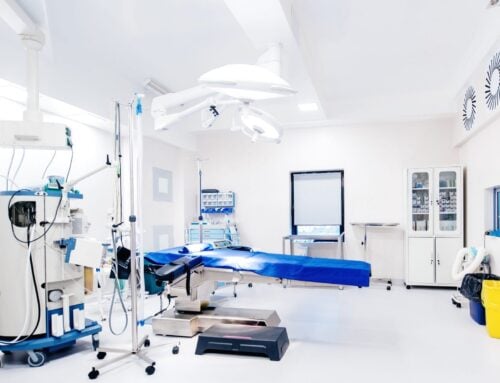As an organization, you’ll find that your efficiency depends significantly on the quality of equipment available. These days, companies move between equipment swiftly as they adapt to technological advancements in their fields and industries.
If your company is making a similar push, you want to ensure that everything runs smoothly with your equipment implementation. To help you out, here are some practices you should keep in mind.

Build a Reliable Project Team
As the equipment manager, you must build a proper equipment implementation team. You can’t handle the entire process on your own, so make sure to have adequate hands working with you to ensure that everything goes according to plan.
Here’s a quick rundown of the professionals that you need working with you:
- Executive Sponsor: This professional handles decisions and coordinates the team across all levels of the business.
- Project Manager: The project manager also helps to coordinate the entire equipment implementation process. You could hire an in-house project manager or someone from an external source.
- Testers: They confirm that the new equipment works as it should. The testers conduct examinations of the equipment’s process, data, and configuration.
- Documentation Writers: They compile reports and other associated documents to provide an account of the entire equipment implementation process.
Have a Solid Plan
It goes without saying, but you’ll need to have a solid plan in place for equipment implementation to work out. Map out every aspect of the process and ensure that everyone understands their roles.
At the same time, you want to ensure that your plan has fail safes to accommodate any changes. Building a rigid plan only works when you have assurances that everything will go forward without any hitches, and that’s hardly ever the case.
Take Proper Inventory
You’ll also need to take a proper inventory of the equipment at your organization. Create a detailed report that outlines all equipment and their roles, as well as their conditions at every given period.
Remember that you want your inventory reports to be as up to date as possible. Developing a system that gives real-time reports on equipment conditions will help significantly as you work towards implementation.
Ensure Seamless Data Migration
For equipment that requires data, you want to ensure that you provide a seamless migration process from the old to the new.
To begin, you’ll need to review the data being migrated itself and determine whether it’s critical or not. This way, you know what deserves to be migrated and what doesn’t. You can also use the following guidelines to stay in compliance with data best practices:
- Avoid duplicate data: There’s a significant chance for legacy data to become obsolete over time. Customer details, transaction information, and more will need to be migrated to reduce the chances of data duplication.
- Remove obsolete data: You’ll also need to review the data to ensure that you’re not migrating any outdated information as part of your process. If a piece of data is past its validity and won’t be critical to your company’s operation any longer, there’s no reason to keep it around.
- Double-check for correctness: Since you’re getting a new piece of equipment, you want to ensure that every bit of data that goes into it is correct. Check its details and ensure that everything is as it should be.
Leverage Manufacturers
You’ll be getting the equipment from a manufacturer or a supplier. So, why not leverage them and their skills? Depending on the type of equipment you’re after, you could get some help from the manufacturers or suppliers to ensure that the equipment implementation process runs smoothly.
Manufacturers can help with transportation, installation, and even possible training. Start by building relationships with them and giving them a reason to trust you. From there, it becomes much easier to operate with them and get additional benefits.
VOC Associates
VOC Associates’ team of professionals has years of experience in setting up equipment for laboratories and medical facilities. Visit our website or call (216) 284-4481 today!







